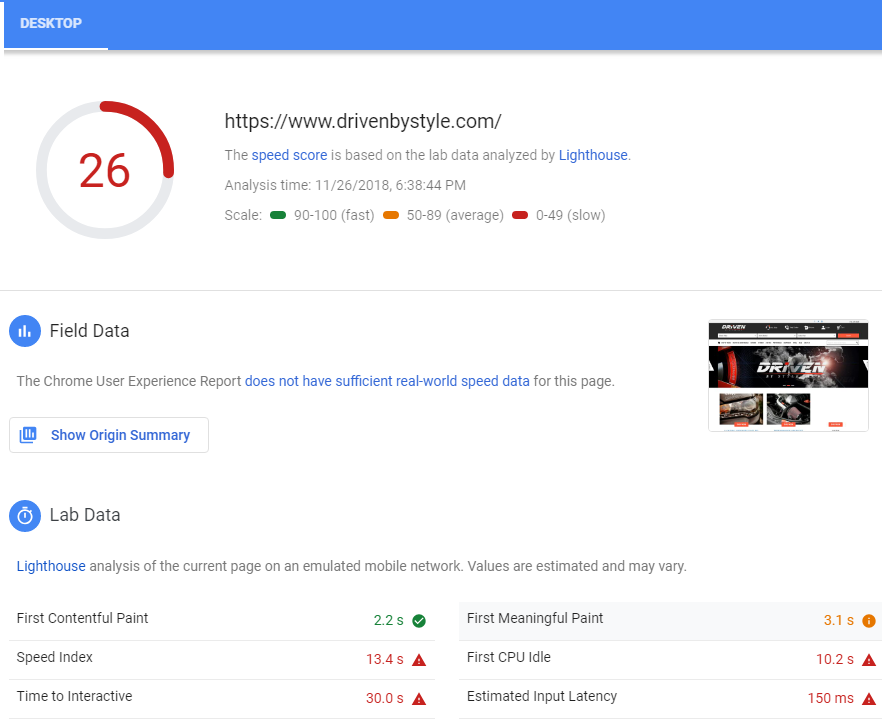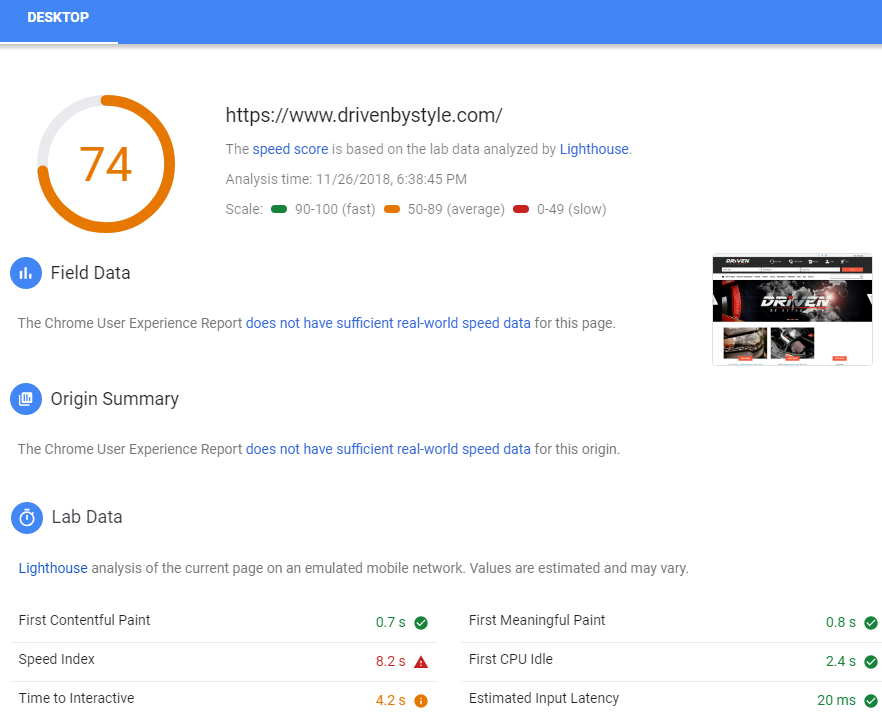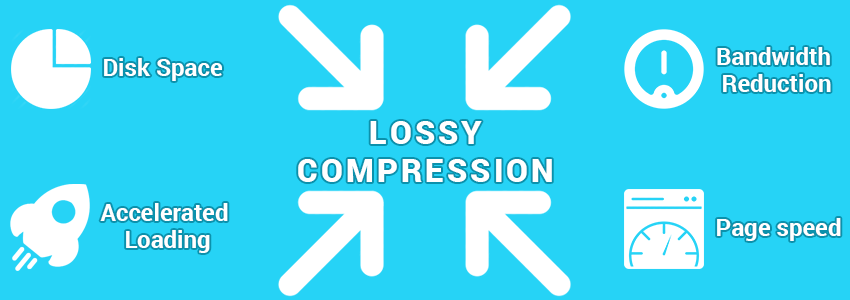Pratikkumar P. Gaikwad | 08 min read | Nov 13, 2019
1. What is Lossy Compression?
Sometimes the compression of the image is achieved vigorously by sacrificing the image quality to reduce the size of the file elsewhere. Such compression of the quality image is regarded as ‘Lossy compression’. It increases the performance of your website significantly and decreases the image size on your website.
You can sacrifice the image quality so far as it does not affect the performance of your site.
You can sacrifice the image quality so far as it does not affect the performance of your site.
Lossy Compression Example
In the above two images, you can see that there is no major change. It is easy to see both images and they are not blurred. The only distinction is the size of your folder.
Now the question is why compression with loss is necessary, and do we really need it?
Now the question is why compression with loss is necessary, and do we really need it?
2. Who Should & who should not use Lossy image compression?
Whether you use lossy image compression or lossless compression is entirely up to you. If your ultimate goal is to serve your website’s pages as fast as possible and rank better than your competitors, you can implement this powerful compression method.
Who Should
If you’re a blogger and use pictures like that, and screenshots within your blog posts to illustrate something to your followers, compression loss is good for you. You can choose the encoding rate so you can reduce the file size of the picture to the optimal degree. Optimum level compression ensures that the file size of the image is low without affecting the quality.
Who Should Not
For fashion bloggers, food bloggers, and photographers, we do not recommend lossy image compression. We recommend that they go for lossless image compression.
Why?
Since you sacrifice the high-definition performance of the pictures with lossy image compression. And being specialists in style, nutrition and art, you need to focus on perfect pixel images to draw prospects.
Faster loading of images
The larger the resources of the web page, the more time it takes to launch as a whole. You can render launching your web pages easier than your rivals. In 2019, it is a major rating indicator for SEO.
Reduction in disk space
Modern business uses SSD processing, which is also expensive. You can’t afford to spend too much to host your pictures that are too large. Instead, we recommend to compress JPEG images and save disk space on the server whenever you use them on your website.
Reduction in Bandwidth
Bandwidth is consumed every time the database loads a file. This uses 100 mb of bandwidth on your database if you get 100 page views with 1024 kb of photos on the site.
A very small group of users would be willing to exhaust 100 mb of their data to consume the content of your site. It becomes more dreaded if you happen to have high traffic on your site, as it will definitely lower the performance of your site. It in turn means lower conversion rate
A very small group of users would be willing to exhaust 100 mb of their data to consume the content of your site. It becomes more dreaded if you happen to have high traffic on your site, as it will definitely lower the performance of your site. It in turn means lower conversion rate
Because Google says So!
When you review the speed of your website in the Google page speed tool you can notice the “Optimize Images” category. In fact, it helps you to compact and resize the images. As a tip, it’s not a great idea to use 1000 x 500 pictures for a 300 x 150 size container.
4. How to perform Lossy Compression?
Tools such as photobook or compressor.io can be used to optimize your bulk images with maximum size reduction and minimum quality reduction. A photobook is an offline image compressor / software that operates with a laptop operated by MacBook or Windows. Compressor.io is another photo compressor focused on web applications that runs on any computer you have.
Using Optimizilla, which is an amazing online picture optimizer, you can also do lossy compression online. To enjoy compression, just drag and drop your photo. Take this picture, for example. We reduced the image size by up to 85 percent with the aid of the Optimizilla video optimizer. The picture still looks good.
Using Optimizilla, which is an amazing online picture optimizer, you can also do lossy compression online. To enjoy compression, just drag and drop your photo. Take this picture, for example. We reduced the image size by up to 85 percent with the aid of the Optimizilla video optimizer. The picture still looks good.
Some graphic design tools can also be used to compact the image. To save the picture in JPEG format, use Save for web command and then choose the optimum level of reduction.
5. Points to be noted before Lossy Image Compression
Perform a backup of your complete website
In order to remain on the safer side while making any major changes to your website, it is very important to have a backup. You can try a few changes on developer page and then push those changes to live site. We highly recommend making major changes in a staging environment because if you lose any content / functionality of your website, it can negatively affect your business.
Complete scan of your website images
Not only to evaluate the images on your database, but also to monitor the quality and statistically calculate the loss compression effect, do a quick scan and see how much current images are being used for processing. That way, you’d be able to figure out how much you’ve saved after the distortion of the loss image.
6. Page Speed Tests
Lossy compression also accelerates the page by letting you load photos quicker. After the site speed test, you should know this. Compare the results before editing your images and there will definitely be a change in the performance of your website after lossy compression.


7. Conclusion
Lossy and lossless compression, both are great ways of reducing the size of your image file. Lossy compression, though, is a more efficient way to accelerate the website by reducing the size of images. The web pages get smaller in size as a consequence of lossy image compression and it takes less time to display the entire web page.
However, if you’re a photographer or a fashion blogger traveler, you need to make your way to lossless image compression in order to reduce file size without compromising image quality and clarity.
However, if you’re a photographer or a fashion blogger traveler, you need to make your way to lossless image compression in order to reduce file size without compromising image quality and clarity.









